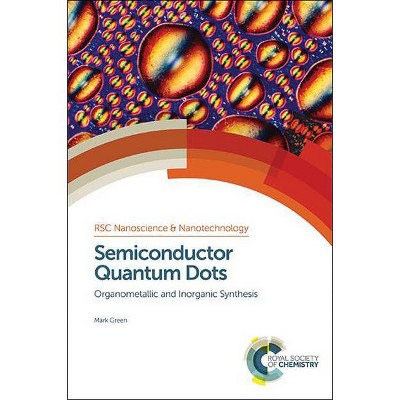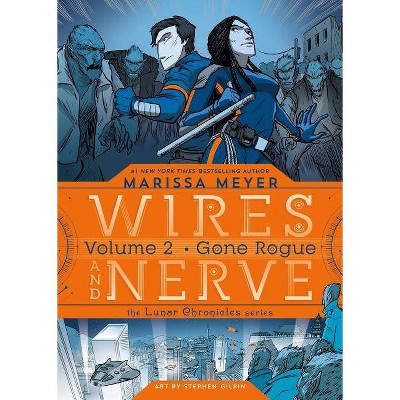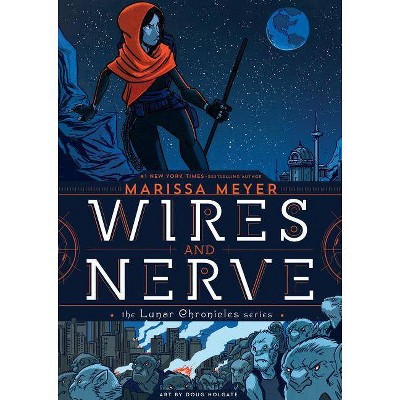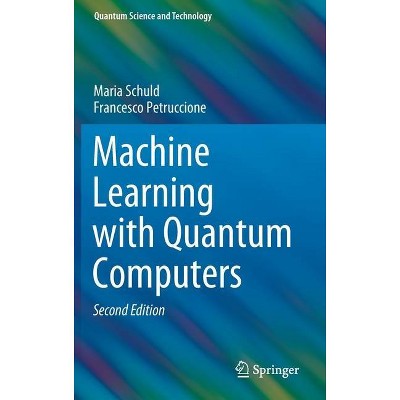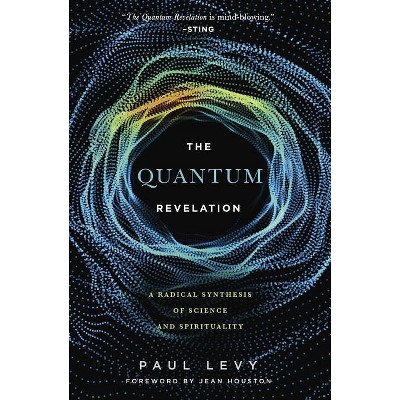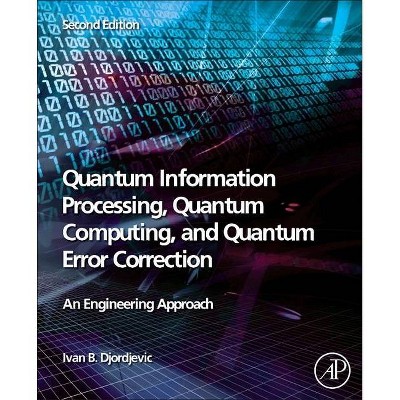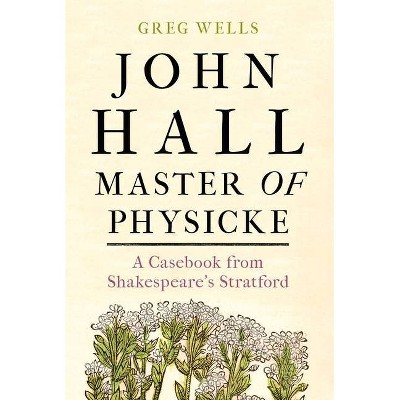Quantum Wells, Wires and Dots - 4th Edition by Paul Harrison & Alex Valavanis (Hardcover)
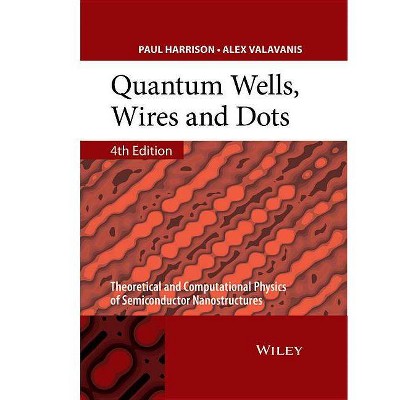
Similar Products
Products of same category from the store
AllProduct info
<p/><br></br><p><b> Book Synopsis </b></p></br></br><p><i>Quantum Wells, Wires and Dots</i> provides all the essential information, both theoretical and computational, to develop an understanding of the electronic, optical and transport properties of these semiconductor nanostructures. The book will lead the reader through comprehensive explanations and mathematical derivations to the point where they can design semiconductor nanostructures with the required electronic and optical properties for exploitation in these technologies.</p> <p>This fully revised and updated 4th edition features new sections that incorporate modern techniques and extensive new material including: </p> <ul> <li>Properties of non-parabolic energy bands</li> <li>Matrix solutions of the Poisson and Schrödinger equations</li> <li>Critical thickness of strained materials</li> <li>Carrier scattering by interface roughness, alloy disorder and impurities</li> <li>Density matrix transport modelling</li> <li>Thermal modelling</li> </ul> <p>Written by well-known authors in the field of semiconductor nanostructures and quantum optoelectronics, this user-friendly guide is presented in a lucid style with easy to follow steps, illustrative examples and questions and computational problems in each chapter to help the reader build solid foundations of understanding to a level where they can initiate their own theoretical investigations. Suitable for postgraduate students of semiconductor and condensed matter physics, the book is essential to all those researching in academic and industrial laboratories worldwide.<br /><br />Instructors can contact the authors directly (p.harrison@shu.ac.uk / a.valavanis@leeds.ac.uk) for Solutions to the problems.</p><p/><br></br><p><b> About the Author </b></p></br></br><p><b>Professor Paul Harrison</b><br />After his first degree in physics at the University of Hull, Paul decided to pursue an academic career because of his wish to share the love of his subject with students. With that in mind Paul did a a PhD in computational physics at the University of Newcastle-upon-Tyne and then returned to Hull in 1991 to work as a postdoctoral researcher assistant in the Applied Physics department. After four successful years Paul had built his CV up to the level to obtain a five-year research fellowship in 1995 in the School of Electronic & Electrical Engineering at the University of Leeds. This was a strategic move by the University of Leeds to hire early-career researchers and develop them into independent research leaders. The fellowship gave Paul the time to invest heavily in his own research portfolio and Paul built up a group of research students and postdocs, a strong publications track record and an international reputation in theory and design of semiconductor optoelectronic devices.<br />At the end of his fellowship Paul was promoted to Reader in 2000 and subsequently Professor of Quantum Electronics in 2002. The following year Paul was nominated by the staff to be Head of the School of Electronic and Electrical Engineering, rated 5* in the 2001 Research Assessment Exercise. Under his leadership the school continued to develop its research portfolio and worked as a team to push on with its research strategy: subsequently rewarded by being ranked top of its unit of assessment in the 2008 RAE.<br />Paul was promoted to Dean of Postgraduate Research Studies in 2011, a university-wide portfolio to develop postgraduate research as part of the overall university strategy. This included responsibility for developing research funding for postgraduate students, marketing, recruitment, admissions and progression, improving submission and completion rates, harmonising processes and improving the student experience across campus. Paul joined Sheffield Hallam University as Pro Vice-Chancellor for Research and Innovation at the start of 2014.<br />Over his career, Paul has co-authored nearly 300 journal articles, written two books, successfully supervised 16 students to PhD, raised £3m of research funding and Google Scholar gives him a h-index of 33.</p> <p><b>Dr Alex Valavanis</b> (MIET) received his MEng (Hons) degree in Electronic Engineering from the University of York and his PhD degree in Electronic and Electrical Engineering from the University of Leeds in 2004 and 2009 respectively.<br />From 2004-2005 he worked with STFC Daresbury Laboratories, Cheshire, developing X-ray detector systems. From 2005-2009, his PhD with the Quantum Electronics Group in the School of Electronic and Electrical Engineering, University of Leeds, focused on the development of numerical simulations, in C/C++, of quantum-cascade lasers (QCLs) in the silicon-germanium material system. Since 2009, he has worked in the Terahertz (THz) Photonics Laboratory within the same institute, developing new THz imaging and sensing techniques.<br />Dr Valavanis holds full membership of the IET, and has received awards including the BNFL Peter Wilson Award (2009) for Materials Engineering, the GW Carter prize (2008) for best publication by a PhD student and the FW Carter prize (2009) for best PhD thesis within the School of Electronic and Electrical Engineering.</p>
Price History
Cheapest price in the interval: 83.25 on November 8, 2021
Most expensive price in the interval: 83.25 on December 20, 2021
Price Archive shows prices from various stores, lets you see history and find the cheapest. There is no actual sale on the website. For all support, inquiry and suggestion messages communication@pricearchive.us
